Home>Garden Essentials>What Are The Benefits Of Landscaping With Native Plants?


Garden Essentials
What Are The Benefits Of Landscaping With Native Plants?
Modified: March 7, 2024
Discover the advantages of using native plants in your garden. Enhance biodiversity, conserve water, and create a sustainable landscape with these natural beauties.
(Many of the links in this article redirect to a specific reviewed product. Your purchase of these products through affiliate links helps to generate commission for Storables.com, at no extra cost. Learn more)
Introduction
Gardening is a popular pastime for many people, offering a tranquil escape from the hustle and bustle of daily life. Whether you have a sprawling backyard or a tiny balcony, creating a beautiful garden is a rewarding and fulfilling experience. When it comes to landscaping, one approach that has gained significant popularity in recent years is using native plants.
Native plants are those that naturally occur in a specific region or ecosystem. They have adapted to the local climate, soil conditions, and wildlife interactions over thousands of years. Landscaping with native plants involves selecting and incorporating these plants into your garden design, promoting a more sustainable and environmentally friendly approach to gardening.
In this article, we will explore the numerous benefits of landscaping with native plants. From environmental advantages to economic and health benefits, there are many advantages to embracing native plant landscaping.
Key Takeaways:
- Embracing native plants in your garden conserves water, reduces pesticide use, and supports local wildlife, creating a sustainable and beautiful environment.
- Landscaping with native plants can lower maintenance costs, increase property value, and promote a sense of well-being through stress reduction and improved air quality.
Read more: What Is A Non-Native Plant
Definition of Native Plants
Before diving into the benefits of landscaping with native plants, it’s important to understand what exactly defines a “native” plant. Native plants are species that have evolved and adapted to a specific region over time. They are naturally found in a particular area and are traditionally part of the local ecosystem.
Native plants are well-suited to the local climate, soil conditions, and wildlife interactions. They have developed the necessary adaptations to survive in their native habitat without requiring excessive care or maintenance. These plants have evolved alongside native insects, birds, and other wildlife, forming complex ecological relationships that contribute to the overall health of the ecosystem.
When we use native plants in landscaping, we are preserving the natural heritage of the region. By incorporating these plants into our gardens, we are creating habitats that support local biodiversity and help sustain native ecosystems.
It is important to note that the definition of “native” can vary depending on the geographical region. Each area has its own unique set of native plants, and it’s crucial to use plant species that are native to your specific location for optimal benefits.
Environmental Benefits of Landscaping with Native Plants
Landscaping with native plants offers a wide range of environmental benefits that contribute to the overall health and sustainability of our ecosystems. Let’s explore some of these advantages:
- Conservation of Water: Native plants have adapted to the local rainfall patterns and soil conditions, making them more resilient to droughts. They have deep root systems that help absorb and retain water, reducing the need for excessive irrigation. By using native plants in our landscapes, we can conserve water resources and reduce the strain on water supplies.
- Reduction of Pesticide Use: Native plants are well-adapted to the local environment and have developed natural defense mechanisms against pests and diseases. Their presence in the garden helps maintain a balanced ecosystem by attracting beneficial insects that prey on pests. This reduces the need for harmful chemical pesticides, minimizing the negative impact on beneficial insects, birds, and other wildlife.
- Preservation of Native Ecosystems: Landscaping with native plants helps preserve and restore local ecosystems. Native plants provide habitat and food sources for native insects, birds, and other wildlife. They also support the complex web of interactions among different species, promoting biodiversity and ecological sustainability.
- Increased Biodiversity: Native plants play a vital role in maintaining biodiversity. They provide shelter and food sources for a wide range of native species, including insects, birds, and small mammals. By incorporating native plants into your garden, you are creating a vibrant ecosystem that supports a diverse array of life.
- Support for Local Wildlife: By planting native plants, you are attracting and supporting local wildlife. Native plants provide crucial food sources, such as nectar, berries, and seeds, for pollinators like bees and butterflies. They also offer shelter and nesting sites for birds and other animals.
Overall, landscaping with native plants promotes a healthy and sustainable environment. It conserves water, reduces the use of pesticides, preserves native ecosystems, increases biodiversity, and supports local wildlife populations. By making a conscious effort to include native plants in your garden, you can contribute to the preservation and restoration of the natural world around us.
Conservation of Water
One of the significant environmental benefits of landscaping with native plants is the conservation of water. Native plants have adapted to the local rainfall patterns and soil conditions, making them more resilient to droughts. Their deep root systems enable them to efficiently absorb and retain water, reducing the need for excessive irrigation and minimizing water wastage.
In regions where water scarcity is a concern, using native plants in landscaping can make a substantial difference. These plants have evolved to thrive in the natural rainfall cycles of the area, requiring significantly less supplemental watering than introduced or non-native species. By incorporating native plants into your garden, you can conserve water resources and contribute to a more sustainable water management system.
Native plants adapt to their local environment by developing mechanisms that allow them to tolerate periods of limited water availability. For example, some native plants have deep root systems that can access underground water reserves, while others have developed efficient methods of water retention through their leaves, such as waxy coatings or dense textures. These adaptations ensure that native plants can survive and thrive even during dry spells or drought conditions, without the need for excessive human intervention.
By conserving water through the use of native plants, you also contribute to a more resilient landscape. Native plant communities create a flow of natural water, as their deep roots help water infiltrate and recharge groundwater supplies. This, in turn, helps maintain healthy soil moisture levels, supports nearby water bodies, and sustains a balanced ecosystem.
Furthermore, reducing water consumption for gardening purposes has broader implications for the community. It decreases the burden on municipal water supplies, reduces the energy required for water processing and transportation, and mitigates the strain on local ecosystems affected by water extraction or diversion.
Overall, the conservation of water achieved by landscaping with native plants not only saves a precious natural resource but also promotes sustainable landscape practices. Embracing native plants in your garden can make a significant impact on water conservation efforts, contributing to a more resilient and environmentally-friendly future.
Reduction of Pesticide Use
Landscaping with native plants offers a significant benefit in terms of reducing the need for pesticide use. Native plants have evolved in concert with the local environment, developing natural defense mechanisms against pests and diseases. As a result, they are often more resistant and tolerant to common garden pests.
When you incorporate native plants into your landscape, you are effectively creating a balanced ecosystem that attracts beneficial insects, birds, and other wildlife that prey on garden pests. These natural predators help to keep pest populations in check and minimize the need for chemical pesticides.
In contrast, non-native plants may lack the natural defenses necessary to withstand local pest pressures. Consequently, they may be more susceptible to infestations and require greater pesticide intervention to maintain their health and vitality. This heavy reliance on chemical pesticides can have detrimental effects on the environment, including the harm caused to beneficial insects, birds, and other wildlife, as well as the potential contamination of soil and water sources.
By landscaping with native plants, you create a habitat that encourages the presence of beneficial insects, such as ladybugs, lacewings, and predatory wasps, which are effective natural pest control agents. These insects feed on garden pests like aphids, mites, and caterpillars, helping to maintain a healthy balance in the garden ecosystem.
Moreover, native plants also support biodiversity, which further contributes to natural pest control. By providing a diverse array of plant species, you attract a variety of insects, birds, and animals that feed on pests and help regulate their populations. This dynamic interplay between native plants and native wildlife promotes a harmonious and sustainable garden ecosystem.
Reducing pesticide use in landscaping has numerous benefits. It minimizes the negative impact on both beneficial insects and non-target organisms, such as bees, butterflies, and birds, which play essential roles in pollination and maintaining ecological balance. It also reduces chemical residue on fruits, vegetables, and other garden produce, ensuring safer and healthier food options for you and your family.
Overall, landscaping with native plants helps to create a more resilient and ecologically balanced garden ecosystem, reducing the need for harmful chemical pesticides. It fosters a natural approach to pest management, benefiting both the environment and human health.
Preservation of Native Ecosystems
One of the key benefits of landscaping with native plants is the preservation of native ecosystems. Native plants have evolved over thousands of years to thrive in specific regions, developing unique adaptations to the local climate, soil conditions, and wildlife interactions. By incorporating native plants into your landscape, you are helping to maintain and protect these valuable ecosystems.
Native ecosystems are intricately balanced systems that rely on the interactions between plants, animals, and microorganisms. When non-native plants are introduced, they can disrupt these delicate relationships, outcompeting native species and altering the ecological dynamics of the area. This can lead to the loss of habitat and food sources for native wildlife, ultimately resulting in a decline in biodiversity.
By using native plants in landscaping, you create habitats that support a wide range of native species. Native plants provide essential food sources, such as nectar, berries, and seeds, for birds, butterflies, bees, and other pollinators. They also offer shelter and nesting sites for various animals, supporting the entire food chain.
Furthermore, native plants play a vital role in soil conservation and erosion control. Their deep root systems help stabilize the soil, preventing erosion and reducing the runoff of sediment and pollutants into water bodies. This, in turn, protects the health and quality of nearby streams, rivers, and lakes, as well as the organisms that depend on these habitats.
Preserving native ecosystems through landscaping also carries broader environmental implications. Healthy and diverse native plant communities contribute to climate change mitigation. Native plants absorb carbon dioxide from the atmosphere, helping to offset greenhouse gas emissions. They also provide shade and reduce the urban heat island effect, creating a cooler and more comfortable environment.
Ultimately, the preservation of native ecosystems is crucial for the long-term sustainability and health of our planet. By incorporating native plants into our landscapes, we can contribute to the preservation of these valuable ecosystems, protecting biodiversity, mitigating climate change, and promoting a harmonious relationship between humans and nature.
Increased Biodiversity
Landscaping with native plants has a profound impact on promoting biodiversity, which refers to the variety of living organisms in a particular ecosystem. Native plants play a crucial role in supporting and enhancing biodiversity due to their coevolutionary history with local wildlife and the complex relationships they have established over time.
When you incorporate native plants into your landscape, you create a diverse and thriving ecosystem. Native plants attract a wide range of native wildlife, including insects, birds, mammals, and even amphibians. These plants provide essential food sources in the form of nectar, seeds, fruits, and foliage, supporting the entire food chain.
One of the key benefits of increased biodiversity is that it helps to control populations of plant-eating insects and pests naturally. By attracting a variety of beneficial insects and birds, native plants create a dynamic balance that prevents the overgrowth of specific pest species. This reduces the need for chemical pesticides and promotes a more sustainable and environmentally friendly approach to pest management.
Besides pest control, increased biodiversity also leads to a more efficient and resilient ecosystem. The presence of diverse plant species provides a range of habitats and resources for different organisms. This creates a web of interconnected relationships, benefiting both the plants and the animals that depend on them.
Moreover, promoting biodiversity through native plant landscaping contributes to the overall health and vitality of the ecosystem. As native plants provide shelter and food sources, they encourage the presence of pollinators and seed dispersers, such as bees, butterflies, birds, and bats. These organisms play a vital role in the reproduction and dispersal of plant species, facilitating their survival and the maintenance of genetic diversity.
Increased biodiversity also has indirect benefits for humans. It can lead to improved air and water quality, as well as enhanced resilience to climate change. Native plants help mitigate climate change by absorbing carbon dioxide from the atmosphere and providing natural shade and cooling effects.
By embracing native plants in your landscaping, you actively contribute to the promotion of biodiversity. Your garden becomes a vibrant habitat that supports a variety of species, fostering a healthy and thriving ecosystem. In doing so, you not only create a more resilient environment but also connect with and appreciate the wonders of the natural world.
Support for Local Wildlife
Landscaping with native plants provides essential support for local wildlife, creating a hospitable environment that meets their specific needs. Native plants have evolved alongside native wildlife, forming a significant part of their natural habitat. By incorporating these plants into your landscape, you can attract and support a wide range of native wildlife species, from insects to birds, mammals, and more.
Native plants serve as crucial food sources for many animals. They offer nectar-rich flowers for pollinators like bees, butterflies, and hummingbirds. Additionally, native plants produce fruits, seeds, and nuts that birds and mammals rely on for sustenance. By providing a diverse array of native plants, you create a reliable and accessible food supply that supports the local wildlife population.
The presence of native plants in your garden also fosters nesting sites and shelters for various animals. Trees and shrubs with dense foliage provide safe hiding spots for birds and small mammals, while plants with intertwining branches offer ideal nesting sites. Native grasses and groundcovers support insects, amphibians, and reptiles, providing shelter and breeding grounds.
Landscaping with native plants contributes to the conservation and protection of endangered and threatened species. Many wildlife species have specific requirements for food, nesting, and mating. By incorporating native plants that support these species, you help provide the necessary resources for their survival. This is particularly important in urban and suburban areas, where development and habitat fragmentation have resulted in the loss of natural habitats.
Supporting local wildlife through native plant landscaping also creates opportunities for educational and recreational experiences. Observing and learning about the birds, butterflies, and other animals that visit your garden can inspire a sense of wonder and appreciation for the natural world. It provides an opportunity to connect with nature and deepen your understanding of the ecological web in your own backyard.
In addition to the direct benefits to wildlife, supporting local wildlife through native plants can have indirect advantages for humans. Pollinators, for example, play a crucial role in agricultural production by pollinating crops, ensuring food security. Birds help control insect populations, reducing the need for chemical pesticides in agricultural and urban settings.
Overall, landscaping with native plants promotes a harmonious coexistence between humans and wildlife. It supports the local wildlife population by providing food, shelter, and nesting sites, while also providing opportunities for us to appreciate and learn from the natural world around us.
When landscaping with native plants, choose species that are well adapted to your local climate and soil conditions to reduce the need for water, fertilizer, and pesticides.
Economic Benefits of Landscaping with Native Plants
Landscaping with native plants not only offers environmental and ecological advantages but also has significant economic benefits. Incorporating native plants into your landscape can save you money in various ways and contribute to the local economy. Let’s explore some of these economic benefits:
- Lower Maintenance Costs: Native plants are well-adapted to the local climate, soil conditions, and wildlife interactions, making them low-maintenance options for landscaping. Due to their natural resilience, native plants require less water, fertilizer, and pesticides. This can result in lower maintenance costs, as you will spend less on watering, fertilizing, and pest control measures compared to maintaining a garden with non-native plants.
- Reduced Water Usage: Native plants have evolved to thrive in the natural rainfall patterns of their specific region, making them drought-tolerant and requiring minimal supplemental watering. By using native plants in your landscape, you can significantly reduce your water usage and, consequently, your water bill. This can be particularly advantageous in areas where water scarcity and rising water prices are concerns.
- Decreased Pesticide Expenses: Native plants have developed natural defense mechanisms against pests and diseases, making them more resistant to infestations. This, coupled with the fact that native plants attract beneficial insects that prey on pests, can lead to a decreased need for chemical pesticides in your garden. By using fewer pesticides, you can save money on purchasing these products and reduce the associated costs of applying them.
- Increased Property Value: Landscaping with native plants can enhance the aesthetic appeal and desirability of your property. Native plant gardens are increasingly sought after by homebuyers due to their eco-friendliness, low maintenance requirements, and natural beauty. Having a well-designed and sustainable landscape with native plants can positively impact your property value, potentially providing a high return on investment when selling your property.
- Promotion of Local Economy: Choosing native plants for your landscape supports local nurseries, garden centers, and landscaping professionals. Native plants are often sourced from local suppliers, contributing to the local economy and encouraging the growth of businesses that specialize in native plant propagation and sales.
By investing in landscaping with native plants, you can not only save money on maintenance, water, and pesticide expenses but also increase the value of your property and support local businesses. It is a sustainable and economically wise choice that aligns with environmental consciousness and the promotion of a thriving local economy.
Read more: What Is A Native Plant In California
Lower Maintenance Costs
One of the significant economic benefits of landscaping with native plants is the lower maintenance costs compared to landscapes with non-native plants. Native plants are well-adapted to the local climate, soil conditions, and wildlife interactions, allowing them to thrive with minimal human intervention.
When you incorporate native plants into your landscape, you can significantly reduce the time, effort, and expenses associated with maintaining your garden. Here are some ways in which native plants contribute to lower maintenance costs:
- Water Efficiency: Native plants have evolved to survive on the natural rainfall patterns of their specific region. They are often well-suited to the local climate, meaning they require less supplemental watering. Unlike non-native plants that may demand frequent irrigation to thrive, native plants have adapted to periods of drought and can survive with minimal watering, once established. This water efficiency not only saves you money on your water bill but also conserves this precious resource in regions prone to water scarcity.
- Reduced Fertilizer Needs: Native plants have adapted to the nutrient levels present in the local soil. They have developed efficient root systems that can access essential nutrients within their environment. As a result, native plants generally require less fertilizer compared to non-native plants. By using fewer fertilizers in your landscape, you can save money on purchasing these products and minimize potential water pollution from nutrient runoff.
- Natural Pest Resistance: Native plants have developed natural defense mechanisms against pests and diseases, making them more resistant to infestations. They have evolved alongside native insects and other wildlife, creating a balanced ecosystem that regulates pest populations. By incorporating native plants in your landscape, you can significantly reduce the need for chemical pesticides, both in terms of expense and potential harm to beneficial insects and the environment.
- Minimal Pruning and Trimming: Native plants generally have growth habits that require less pruning and trimming compared to non-native species. Their growth patterns are naturally suited to the local environment, reducing the need for constant shaping and maintenance. This not only saves you time and effort but also reduces the costs associated with tools, such as pruning shears or hedge trimmers.
- Long-Term Durability: Native plants are well-adapted to the local conditions and have developed strategies to withstand environmental stressors. They are often more resilient to extreme temperatures, drought, and disease, reducing the likelihood of plant loss and the associated costs of replacing plants. Native landscapes tend to have greater longevity, requiring infrequent replacements or additions.
By relying on native plants in your landscape design, you can enjoy the beauty and benefits of a thriving garden while minimizing the time, effort, and expenses typically required for maintenance. Native plant landscaping offers a cost-effective and sustainable approach, allowing you to save money and spend more time enjoying your garden.
Increased Property Value
Landscaping with native plants not only benefits the environment but can also significantly increase the value of your property. A thoughtfully designed and well-maintained landscape with native plants adds curb appeal, enhances the overall aesthetic appeal of your property, and appeals to potential homebuyers. Here are some ways in which landscaping with native plants can contribute to increased property value:
Enhanced Visual Appeal: Native plant gardens offer a natural and aesthetically pleasing look that can greatly enhance the overall appearance of your property. Native plants provide a variety of colors, textures, and forms that create a beautiful and dynamic landscape design. The use of native plants in landscaping can create visually striking scenes that attract attention and appreciation.
Low Maintenance Requirements: Native plants are well-adapted to the local environment, requiring minimal maintenance compared to non-native species. Their natural resilience to local climate conditions and pests means less time, effort, and money spent on watering, fertilizing, and pest control. Potential homebuyers are often attracted to landscapes that are low-maintenance and can envision themselves enjoying the benefits of a beautiful garden without the added burden of extensive upkeep.
Eco-Friendly Appeal: In today’s environmentally conscious world, native plant gardens have gained significant popularity. Homebuyers are increasingly interested in sustainable, eco-friendly features that minimize the ecological footprint of a property. Landscapes with native plants embody this ethos by supporting local biodiversity, conserving water resources, and reducing the need for chemical pesticides and fertilizers. The presence of a native plant garden can be a selling point for eco-conscious buyers.
Connection with Nature: Native plant landscapes provide an opportunity for homeowners to connect with nature and create a space that harmonizes with the local ecosystem. The presence of native plants attracts a diverse array of wildlife, including birds, butterflies, and beneficial insects, creating a sense of tranquility and natural beauty. Homebuyers looking to escape the hustle and bustle of urban life often appreciate the serenity and peacefulness that a native plant garden offers.
Long-Term Investment: Landscaping with native plants is a long-term investment that enhances the value of your property over time. Native plants tend to have greater longevity and require less frequent replacements or additions compared to non-native species. The established native plant garden showcases the care and thought put into the property’s landscaping, making it more attractive to potential buyers.
It’s important to note that the increased property value associated with native plant landscaping depends on various factors, including the region, the quality of the landscape design, and the overall desirability of the neighborhood. However, incorporating native plants into your landscape can certainly have a positive impact on the value of your property and make it more appealing to potential buyers.
Promotion of Local Economy
Landscaping with native plants not only benefits the environment and enhances the aesthetics of your property but also promotes the local economy. Choosing native plants for your landscape supports local nurseries, garden centers, and landscaping professionals, contributing to the economic well-being of your community. Here are some ways in which landscaping with native plants can promote the local economy:
- Supporting Local Nurseries and Garden Centers: Native plants are often sourced from local nurseries and garden centers that specialize in native plant propagation and sales. By purchasing native plants from these establishments, you provide economic support to local businesses. This, in turn, helps sustain jobs and livelihoods within your community, fostering economic growth.
- Promoting Native Plant Nurseries: Landscaping with native plants creates demand for native plant nurseries and encourages their establishment and growth. As more people recognize the benefits of native plants, the demand for locally sourced native plants increases. This presents opportunities for entrepreneurs and plant enthusiasts to start their own native plant nurseries, further contributing to the local economy and creating more jobs in the community.
- Utilizing Local Expertise: Landscaping with native plants often requires knowledge and expertise about the local environment, local plant species, and their ecological interactions. This expertise is typically provided by local landscaping professionals who possess specialized knowledge of native plants and their suitability for different landscape designs. By engaging the services of local landscapers, you support their businesses and benefit from their local knowledge and experience, ensuring the success of your native plant landscape.
- Building a Sense of Community: Landscaping with native plants can also foster a sense of community pride and collaboration. Local organizations, such as native plant societies or horticultural clubs, often play an active role in promoting native plant landscaping and organizing events, workshops, and plant sales. Participation in these activities not only supports these organizations but also connects you with fellow gardening enthusiasts and creates a sense of community around the shared love for native plants.
- Stimulating the Local Economy: The overall economic impact of landscaping with native plants extends beyond individual purchases. It can stimulate the local economy through increased spending on gardening supplies, landscaping materials, and related services. As more people embrace native plant landscaping, the market for related products and services grows, benefiting local suppliers, contractors, designers, and other professionals in the industry.
By choosing native plants for your landscape, you actively contribute to the promotion of the local economy. Supporting local nurseries, garden centers, landscaping professionals, and related businesses helps create a sustainable and thriving local economy. It allows you to make a positive impact and support the growth and development of your community, all while enjoying the numerous benefits of landscaping with native plants.
Health Benefits of Landscaping with Native Plants
Landscaping with native plants not only enhances the beauty and sustainability of your outdoor space but also provides significant health benefits. Surrounding yourself with native plants can positively impact your physical, mental, and emotional well-being. Here are some of the health benefits of landscaping with native plants:
- Reduced Allergies and Respiratory Issues: Native plants produce pollen that is better suited to local pollinators, resulting in reduced airborne pollen levels compared to non-native plants. This can be particularly beneficial for individuals with allergies or respiratory conditions such as asthma. By incorporating native plants into your landscape, you can minimize the allergens in the air, leading to fewer allergy symptoms and improved respiratory health.
- Stress Reduction and Mental Health Benefits: Spending time in nature has been shown to reduce stress levels and improve mental health. Native plant landscapes create a soothing environment that promotes relaxation, tranquility, and a sense of well-being. The visual beauty, calming sounds, and pleasant scents of native plants contribute to stress reduction and can serve as a natural stress relief therapy.
- Connection with Nature: Landscaping with native plants allows you to connect with the natural world right in your own backyard. The presence of native plants attracts a diverse range of wildlife, from colorful birds to buzzing pollinators, creating opportunities for observation and appreciation of the natural world. This connection with nature has been shown to enhance mood, reduce anxiety, and improve overall mental health.
- Physical Activity: Maintaining a native plant garden requires physical activity, such as planting, watering, and tending to the garden beds. Engaging in regular physical activity while gardening helps improve cardiovascular health, strength, and flexibility. It also provides a rewarding and enjoyable way to stay active and exercise in the fresh air.
- Enhanced Air Quality: Native plants contribute to improved air quality by absorbing carbon dioxide and releasing oxygen, creating a healthier environment. By creating a native plant garden, you are not only bringing nature closer to you but also increasing the oxygen production and filtering out pollutants, resulting in cleaner and fresher air for you and your family.
Landscaping with native plants offers a holistic approach to promoting your health and well-being. From reducing allergies and respiratory issues to providing stress relief and a connection with nature, native plant landscapes have a positive impact on both physical and mental health. Creating a space that supports your well-being and allows you to experience the benefits of nature is not only rewarding but also essential for leading a balanced and healthy lifestyle.
Reduced Allergies and Respiratory Issues
Landscaping with native plants can greatly contribute to reducing allergies and respiratory issues, benefiting those who suffer from these conditions. Native plants have evolved alongside local pollinators, resulting in pollen that is better suited for these insects and less likely to cause allergic reactions in humans.
Unlike non-native plants, which may produce pollen that is easily dispersed by wind and can trigger allergies, native plants typically rely on insects for pollination. Their pollen grains are heavier and stickier, making them less likely to become airborne and cause respiratory issues for allergy sufferers. By incorporating native plants into your landscape, you can significantly reduce airborne pollen levels and reduce the occurrence or severity of allergic reactions.
Other factors contribute to the reduced allergy potential of native plant landscapes. Native plants attract a variety of native pollinators, which are efficient in collecting and transferring pollen without it being released into the air. This helps to keep pollen localized and reduces exposure to those with allergies.
Furthermore, native plants have adapted to local environmental conditions, including the soil, climate, and humidity levels. Their ability to thrive in these conditions often results in healthier plants with lower pest and disease pressures. This reduces the need for chemical pesticides and fungicides, which can also exacerbate allergies and respiratory issues. By avoiding or minimizing the use of these harmful chemicals, native plant landscapes provide a healthier and safer environment for allergy sufferers.
It’s important to note that while native plants can help reduce allergies and respiratory issues, there may still be individuals who are sensitive to specific plant species or have allergies to certain types of pollen. It is crucial to choose native plants carefully and consider the particular allergens that affect you or your family members.
In addition to reducing allergies, native plants can also improve overall air quality. They absorb carbon dioxide and release oxygen, helping to purify the air around your property. This can be especially beneficial for individuals with respiratory conditions, as cleaner air can lead to improved breathing and lung health.
By landscaping with native plants, you can create an outdoor environment that supports your health and reduces the risk of allergic reactions and respiratory issues. Native plant landscapes offer a natural and sustainable way to beautify your surroundings while minimizing the impact on those with allergies and respiratory sensitivities.
Stress Reduction and Mental Health Benefits
Landscaping with native plants offers numerous stress reduction and mental health benefits, creating a calming and tranquil outdoor space that promotes well-being and mental rejuvenation. Being in nature has long been recognized for its positive impact on mental health, and native plant landscapes provide an opportunity to connect with nature right in your own backyard.
One of the primary ways in which native plant landscapes promote stress reduction is through their visual beauty and natural aesthetic appeal. The diverse colors, forms, and textures of native plants create a visually pleasing environment that is soothing to the senses. By surrounding yourself with the calming and natural ambiance of native plants, you can reduce stress levels and experience a sense of tranquility.
The sounds of nature found in a native plant garden also contribute to stress reduction. The gentle rustle of leaves, the melodious songs of birds, and the buzzing of pollinators create a symphony of natural sounds that can help you relax and unwind. These sounds mask the noise pollution from the outside world and create a peaceful atmosphere that supports mental well-being.
In addition to the visual and auditory benefits, spending time in a native plant landscape can have a positive impact on mental health. Being in nature has been shown to reduce anxiety, improve mood, and alleviate symptoms of depression. The calming effect of nature and the serenity of a native plant garden provide a respite from the stresses of everyday life, allowing you to recharge and find inner peace.
Engaging with your native plant landscape offers an opportunity to practice mindfulness and be present in the moment. Whether you’re tending to your garden or simply sitting and observing the natural beauty around you, the peacefulness of the environment can promote mindfulness and help you find a sense of calm and clarity.
Furthermore, native plant landscapes attract a wide variety of wildlife, including birds, butterflies, and beneficial insects. Watching these creatures go about their daily activities can be a source of joy and fascination, invoking a sense of wonder and connection with the natural world. This connection with nature and the inherent appreciation for the beauty of life can positively impact overall mental well-being.
Studies have shown that spending time in nature and engaging with plants and green spaces can reduce stress hormones, lower blood pressure, and improve cognitive function. By incorporating native plants into your landscape, you create an oasis that promotes relaxation, stress reduction, and overall mental wellness.
Whether you’re taking a stroll through your garden, tending to your native plants, or simply sitting and enjoying the sights and sounds of nature, a native plant landscape can offer a sanctuary for your mental health, providing a respite from the pressures of modern life and fostering a sense of calm and tranquility.
Conclusion
Landscaping with native plants offers a multitude of benefits, ranging from environmental advantages to economic, health, and aesthetic benefits. By incorporating native plants into your landscape, you can create a sustainable and beautiful environment that supports local biodiversity, conserves water resources, reduces the use of pesticides, and promotes a sense of well-being.
Native plants have evolved to thrive in specific regions, making them well-adapted to local climate, soil conditions, and wildlife interactions. These plants provide essential food sources, nesting sites, and shelter for native wildlife, supporting the delicate balance and health of local ecosystems. Choosing native plants for your garden contributes to the preservation and restoration of native habitats, benefiting both the environment and the health of local wildlife populations.
Landscaping with native plants also has economic advantages. Native plants require less water, fertilizer, and pesticides, leading to lower maintenance costs and reduced environmental impact. In addition, establishing a native plant landscape can increase property value, attract potential homebuyers, and stimulate the local economy by supporting local nurseries, garden centers, and landscaping professionals.
Moreover, native plant landscapes provide numerous health benefits. They reduce allergies and respiratory issues by producing pollen that is less likely to trigger allergic reactions. Spending time in a native plant garden promotes stress reduction, mental rejuvenation, and a sense of connection with nature. The soothing sights, sounds, and scents of native plants contribute to a calming environment that can enhance overall well-being and mental health.
In conclusion, embracing native plants in your landscape is a sustainable and rewarding choice. It allows you to create a harmonious and thriving ecosystem, conserve resources, lower maintenance costs, enhance property value, and support your health and well-being. By choosing native plants, you contribute to the preservation of local ecosystems, promote biodiversity, and create a beautiful and sustainable outdoor space that you and future generations can enjoy.
Frequently Asked Questions about What Are The Benefits Of Landscaping With Native Plants?
Was this page helpful?
At Storables.com, we guarantee accurate and reliable information. Our content, validated by Expert Board Contributors, is crafted following stringent Editorial Policies. We're committed to providing you with well-researched, expert-backed insights for all your informational needs.
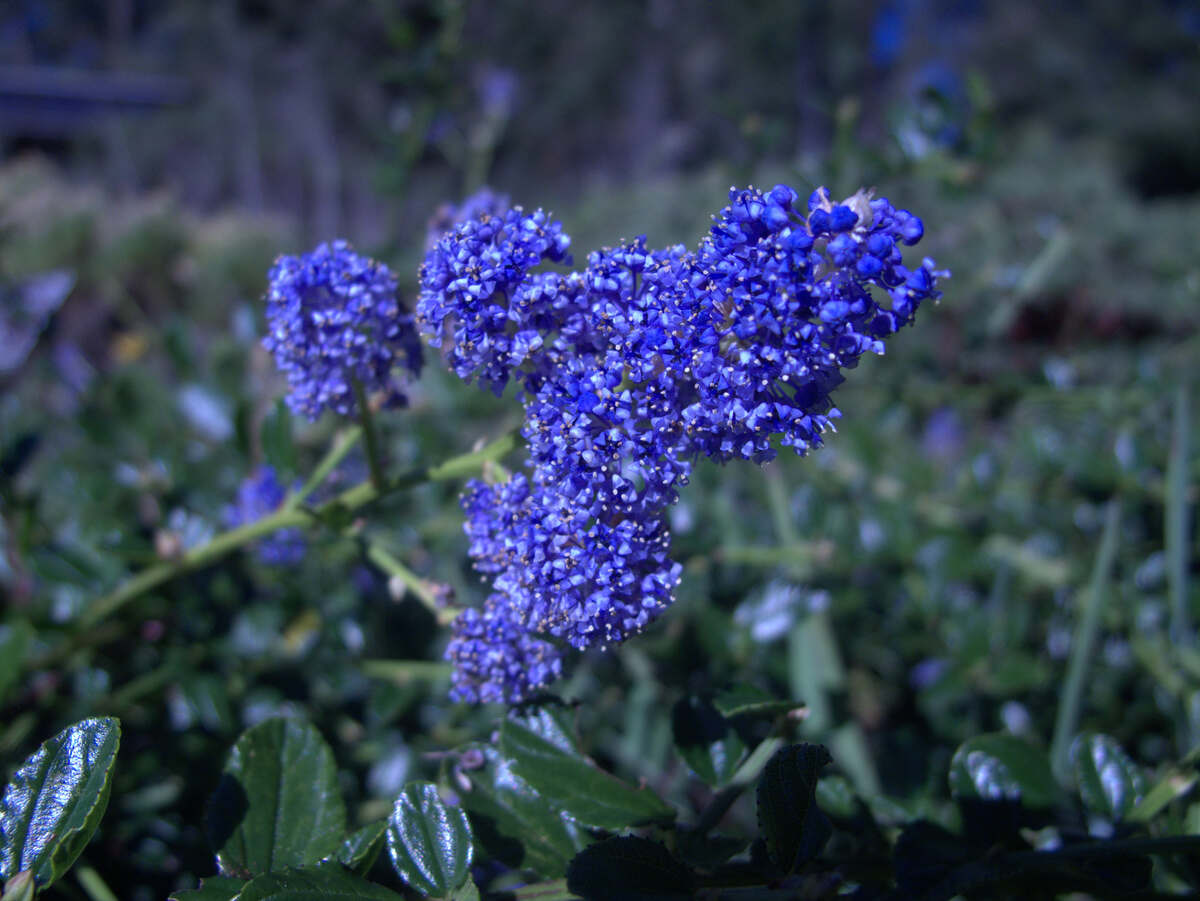
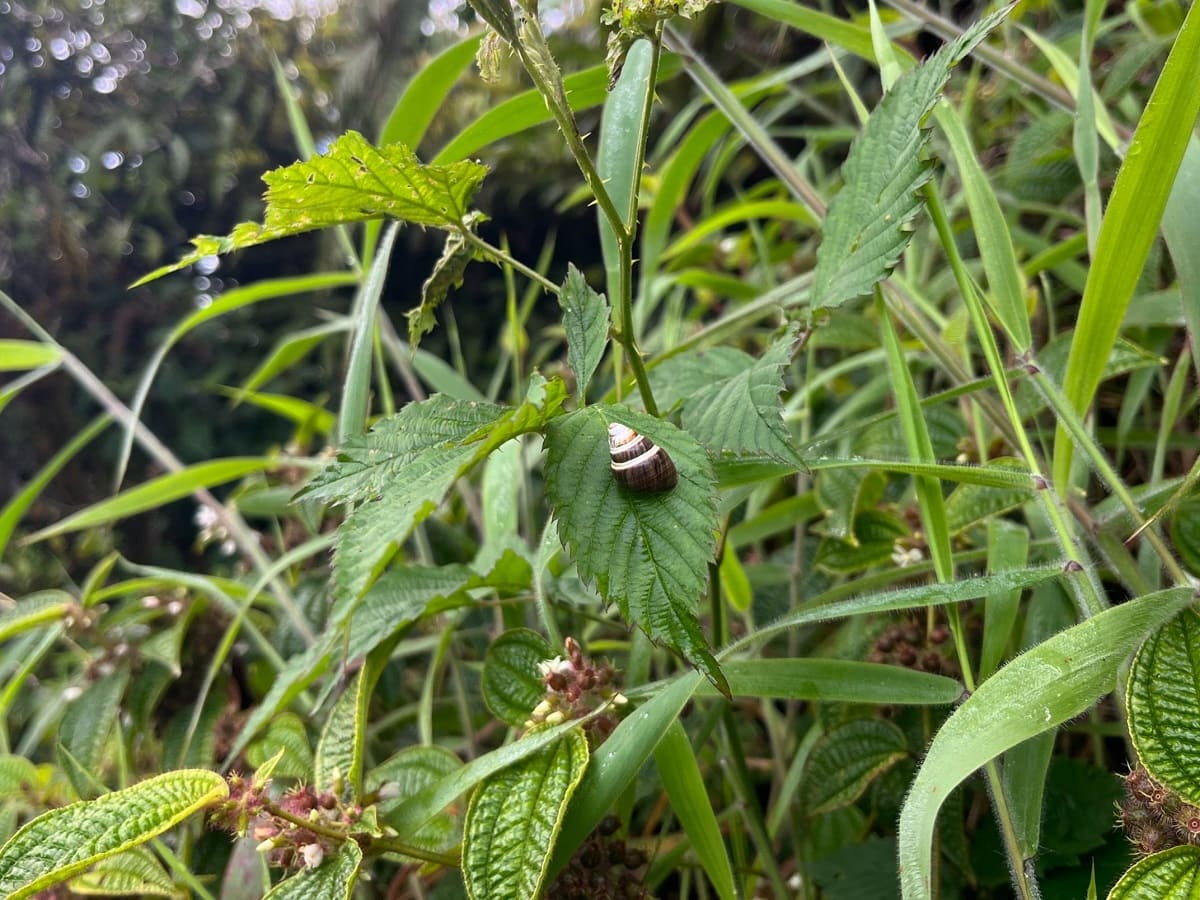
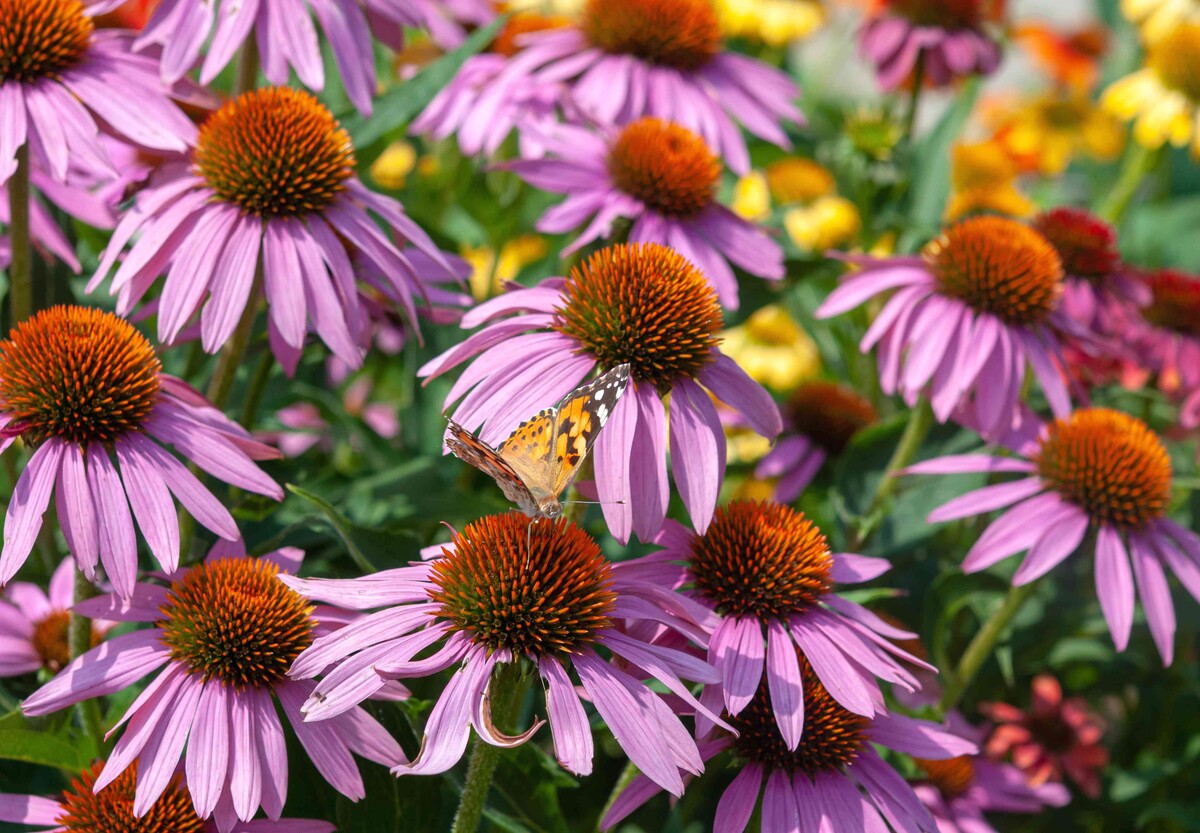
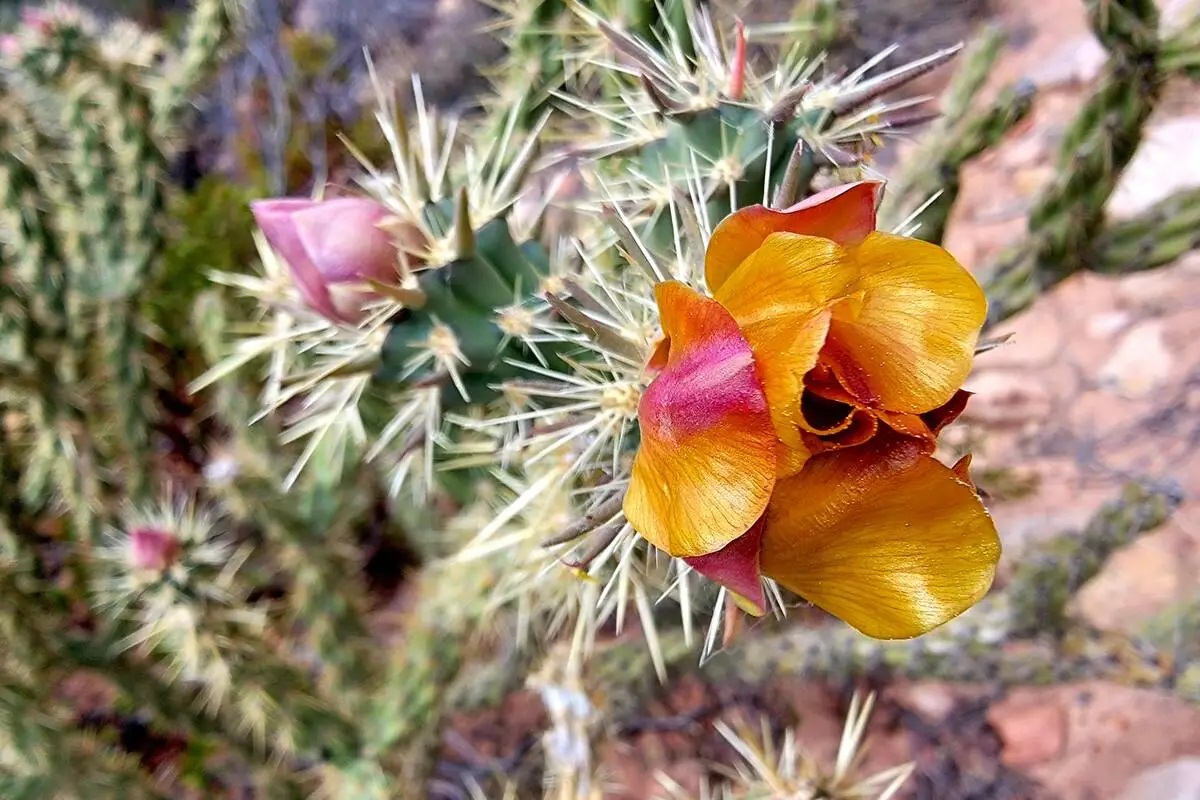
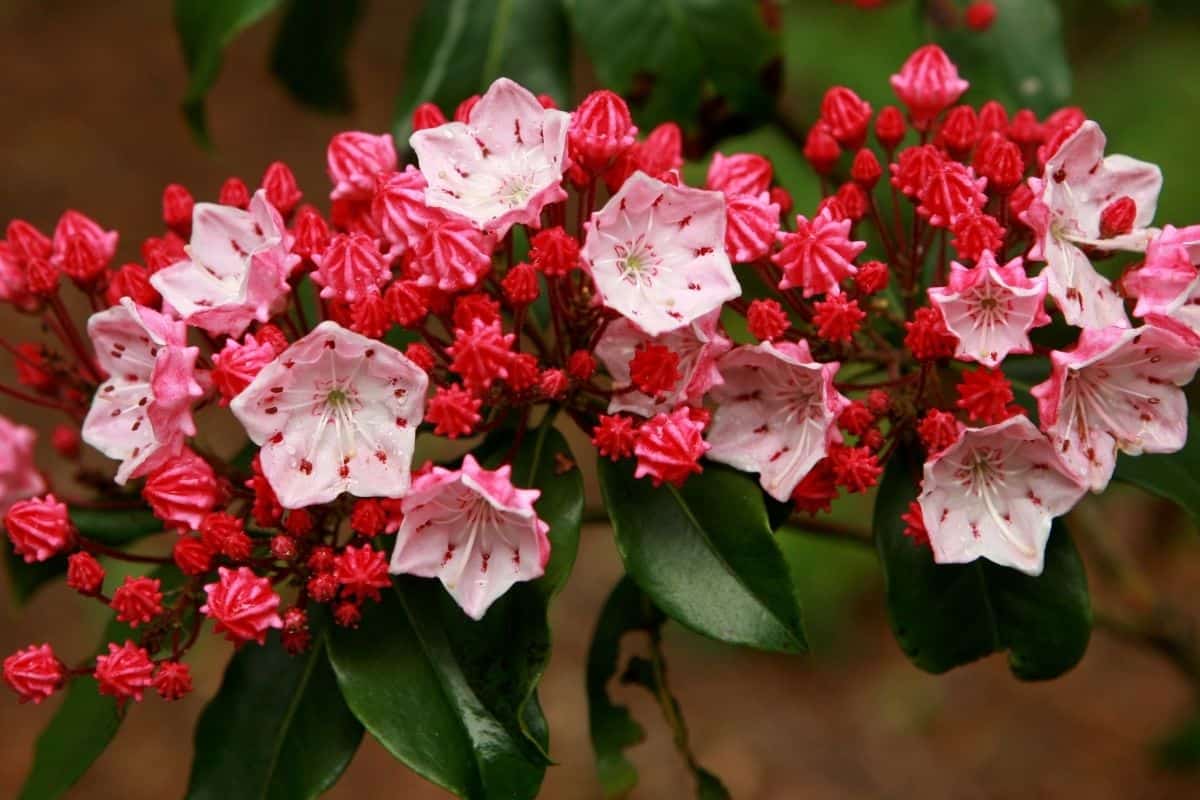
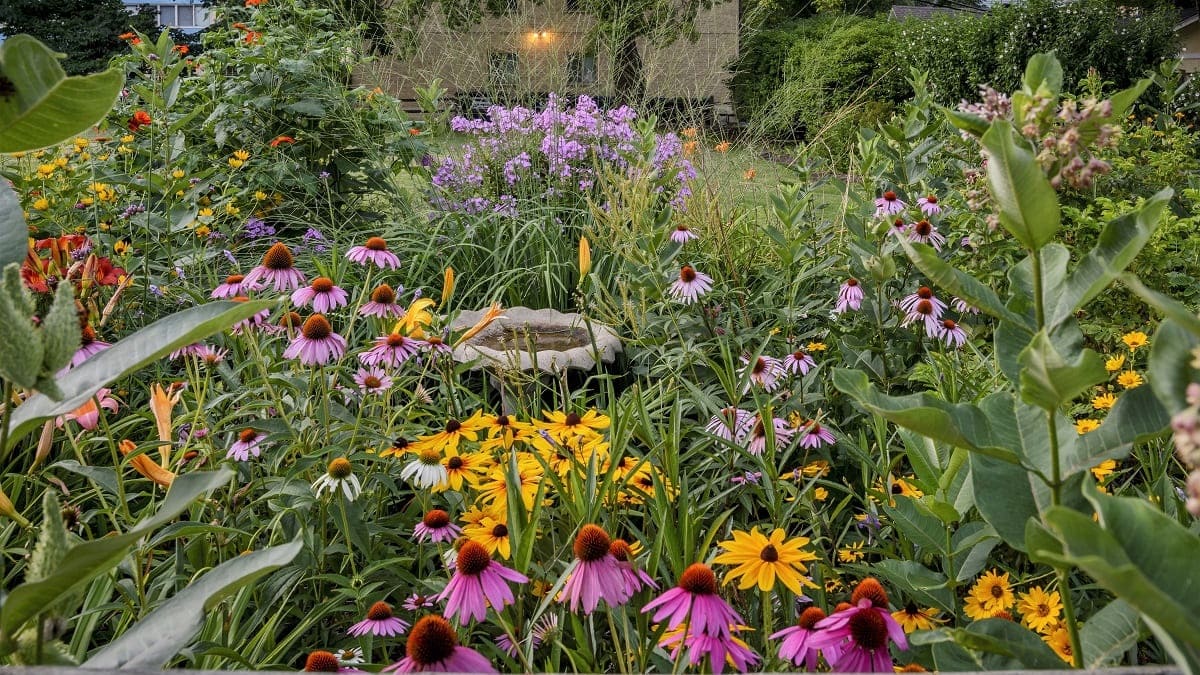
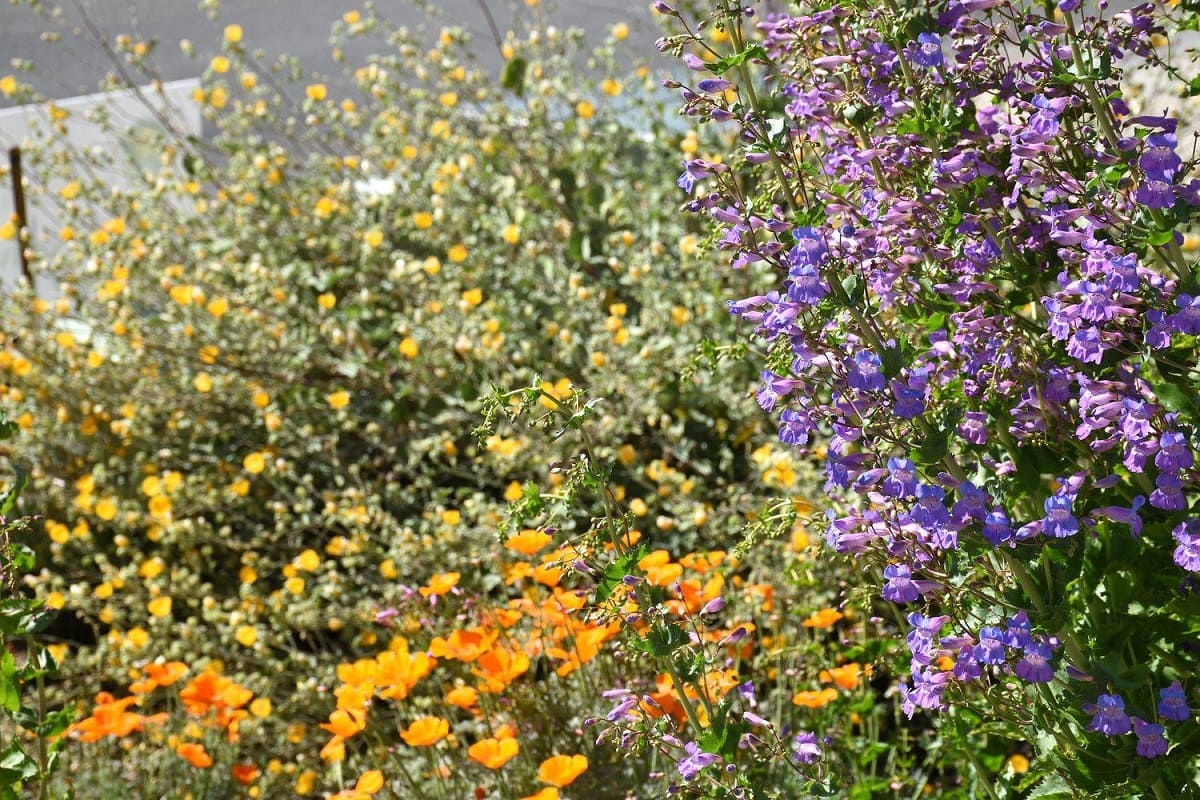
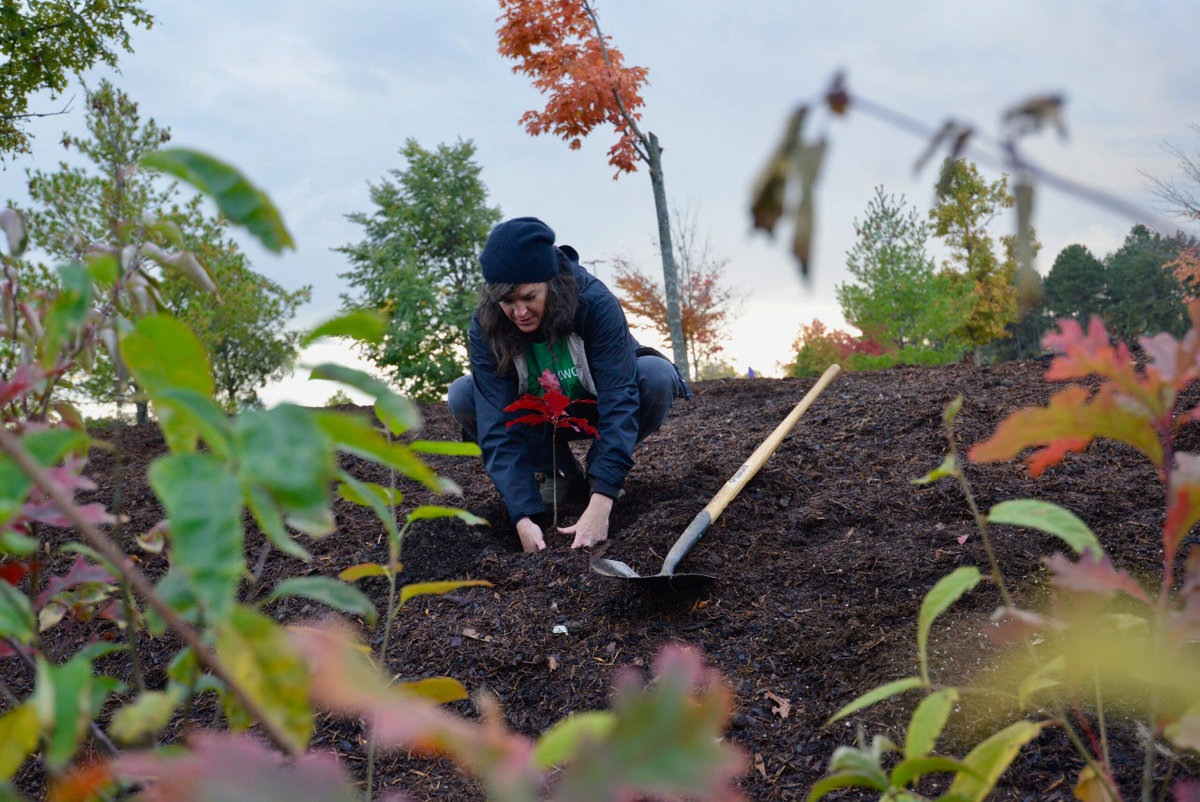
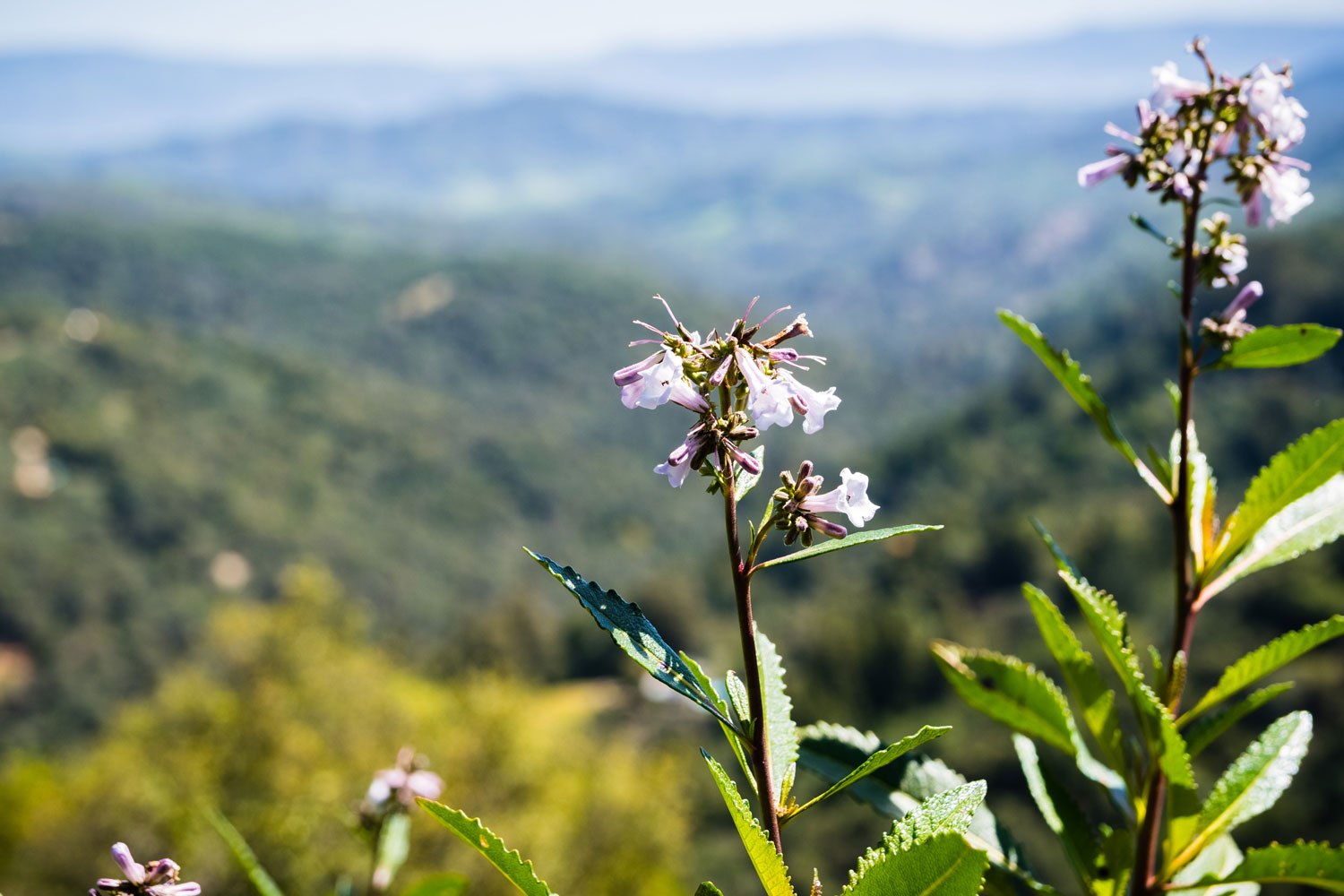
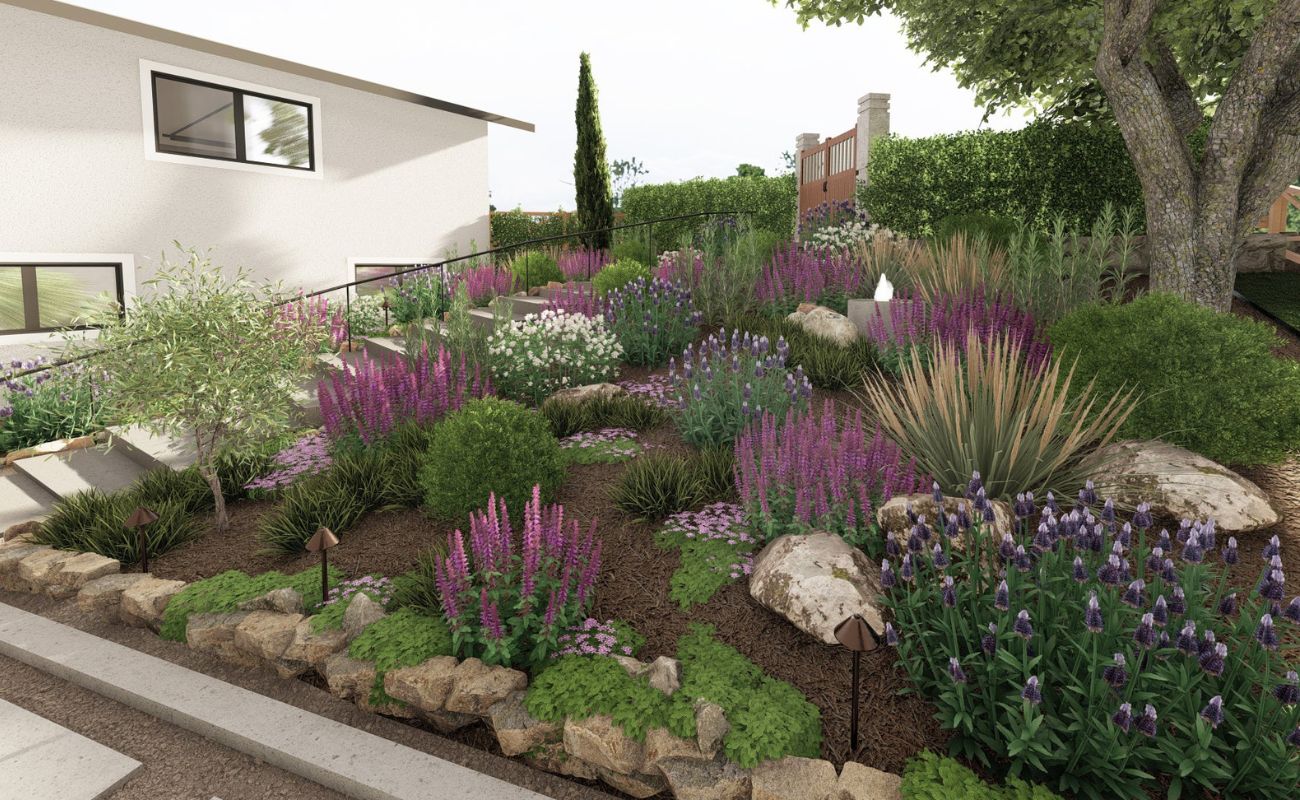
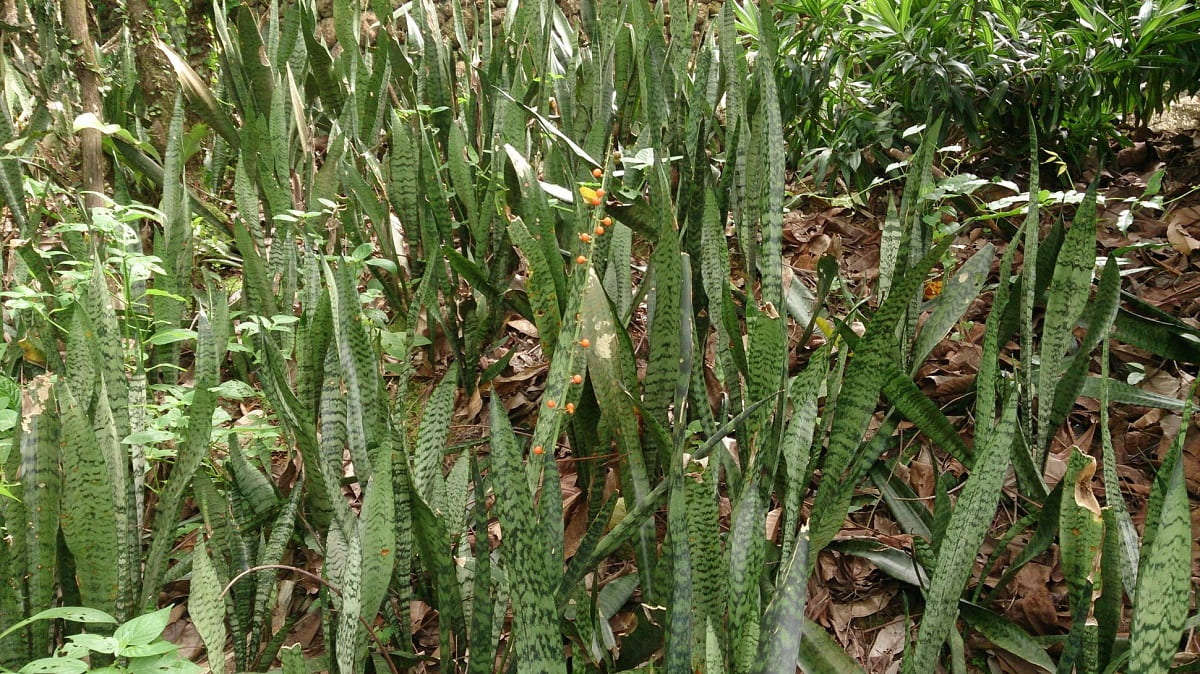
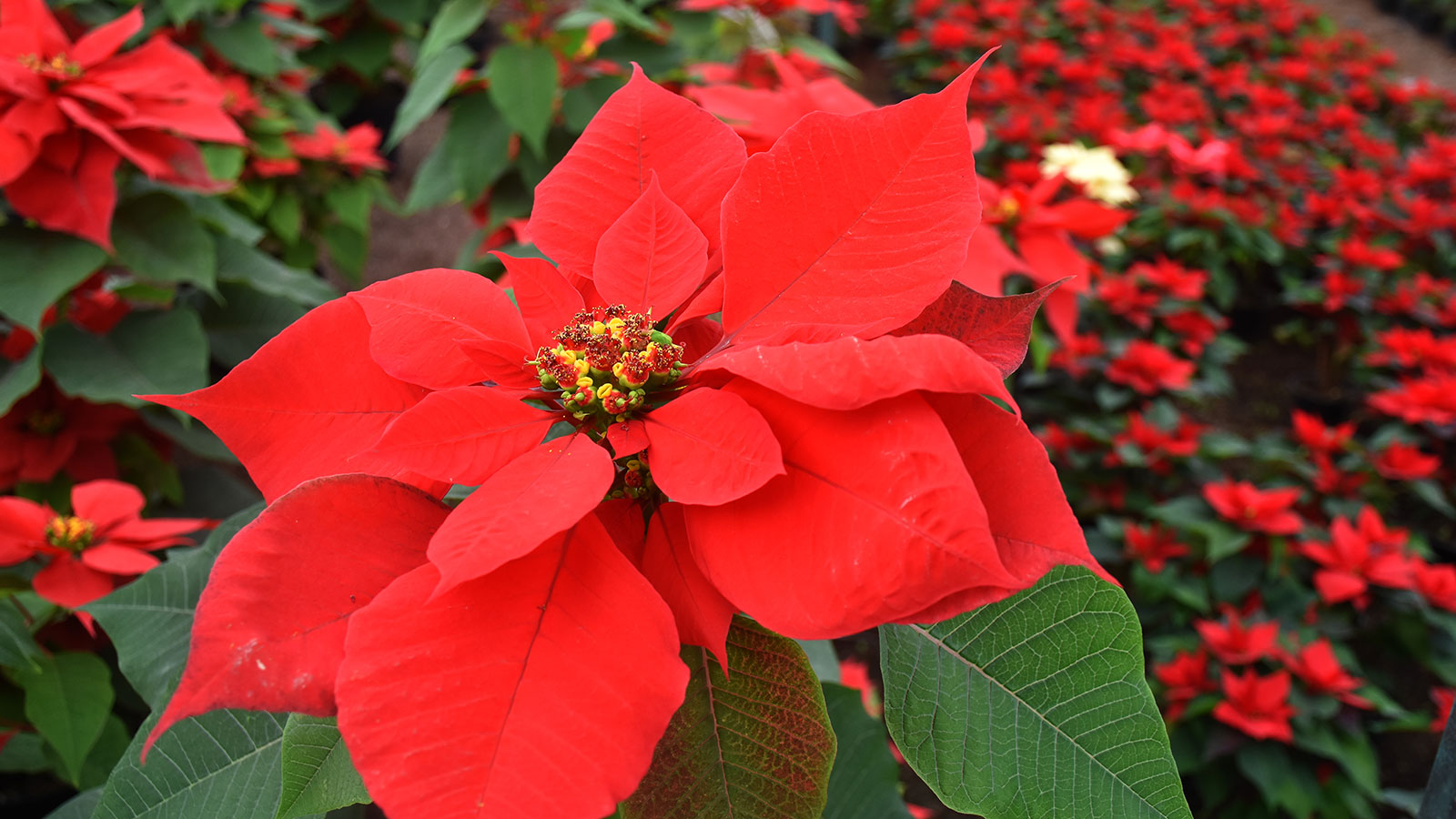

0 thoughts on “What Are The Benefits Of Landscaping With Native Plants?”